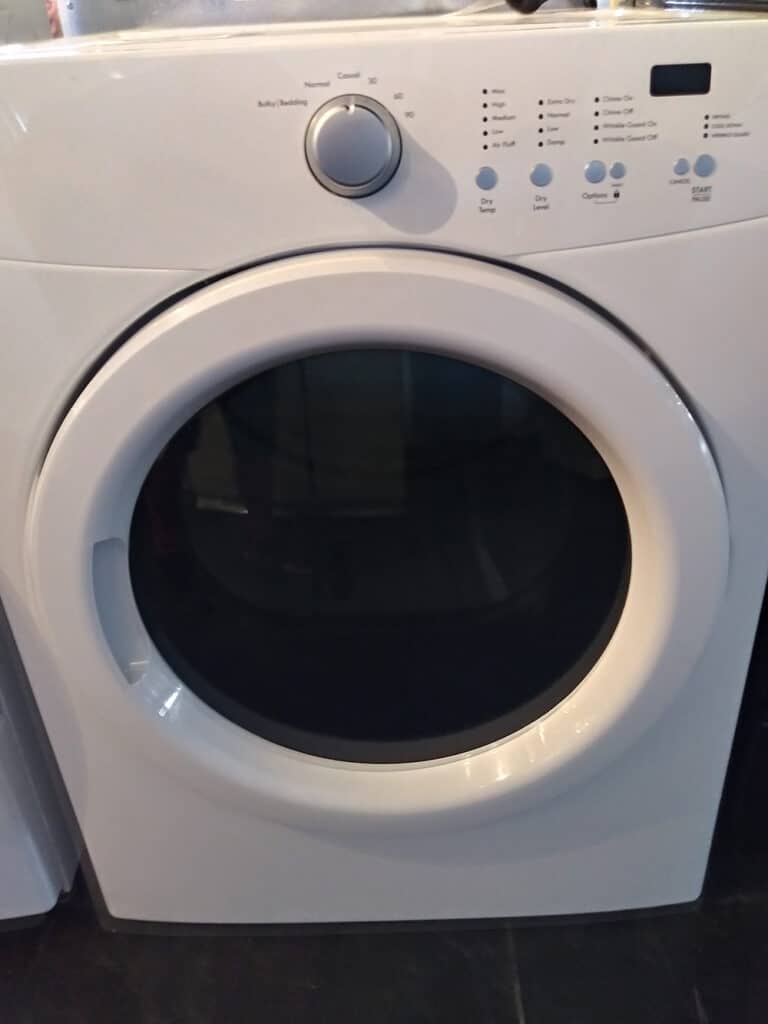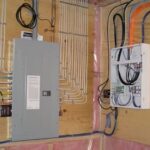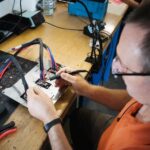Kenmore Dryer Heating Issues, While drying your clothes during cold weather, you might encounter problems such as the Kenmore dryer not heating. The issue can be quite annoying, but fortunately, it can be fixed. Let’s look at some of the reasons that make Kenmore dryer not heating and how you can fix them.
Are you ready? Let’s get started;
Table of Contents
Kenmore Dryer Not Heating: Reasons Why and How to Fix it
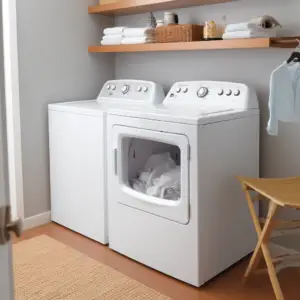
Clogged Venting
The presence of lint in the vent can make the Kenmore dryer not heat. The dryer hose of Kenmore Dryers is fitted with an automated lint trap that collects any lint that accumulates and obstructs the flow. The automated lint trap keeps lint and other particles out of the machine. If the vent is blocked, the dryer may not be able to heat up sufficiently.
Check for the possibility of blocked venting if your Kenmore dryer is not producing the heat you require. Clogged venting makes the Kenmore dryer work for a very long time drying the clothes. In addition, it can even make the clothes wet instead of drying them.
Of course, the venting can get blocked after using your Kenmore dryer for some time. It’s a common occurrence, and the problem can be fixed. Therefore, clogged venting should be the number one area of suspicion when your Kenmore dryer is not heating.
Besides the clogged vent, obstructed exhaust pathways can also make the Kenmore dryer not heat. If your Kenmore is not heating properly, the exhaust hood couldn’t be sealing properly.
Again, there is a possibility of the exhaust hood not removing the moisture from the clothing at the recommended rate. If the exhaust hood is faulty, mould and mildew can build up.
Solution
A clogged vent is the most common cause of a Kenmore dryer not heating up. Remove the back cover and look inside to see whether there is any debris, such as lint or small pieces of cloth.
Don’t forget to check your exhaust pipe as well. Be careful when checking through these areas since venting difficulties with Kenmore Dryers can result in various problems and pose a fire risk. If you discover something obstructing airflow, gently remove it by hand as soon as possible.
The air from the dryer should leave through vents and blow outdoors to prevent the vent from being blocked with old lint. Remember that a lengthy venting run can dramatically lengthen the time it takes for garments to dry. That, again, needs numerous cycles of on/off time.
Start a controlled drying session on high heat to check for vent blockages. Go outdoors to the output vent and check to see whether the air is warm and moving at a reasonable pace. If the airflow is poor, the vent is clogged and requires cleaning or replacement.
Make sure all of the dryer’s vents are clear of obstructions when you first set it up; if not, go more slowly while experimenting with novel techniques, such as running cycles for shorter periods than advised by the manufacturer or without any garments inside.
Ultimately, if the entire correction process fails to work, you can look for a skilled technician who will make a prompt diagnosis and offer the repair service that will ensure that the vent system is not obstructed.
Poor Heating Element
The malfunctioning of the Kenmore dryer heating element is among the most frequent causes of the dryer not heating up. Before entering the dryer, the air is expected to be warmed by the heating element.
Solution
If your dryer isn’t providing sufficient heat or the drying time has considerably increased, you might need to change the heating element.
You must test your dryer’s heating element to see if it’s working. You may check this by measuring the resistance of the heating element with a multimeter. Your heating coil has to be changed if it doesn’t offer a minimum of 15 ohms resistance.
Check other dryer elements if a defective heating element has been replaced and the dryer still won’t heat.
Problematic Gas Valve
If your Kenmore dryer is not heating and the thermostat is properly working, please check the dryer’s gas valve.
Solution
A gas valve solenoid controls the natural gas flow to the burner. Your Kenmore dryer won’t heat up if the gas valve solenoid burns out; a replacement is required. If the gas valve component functions properly, you’ll receive a hot flame.
One lead should be placed on each terminal, and the continuity verified by applying intense pressure with a screwdriver or probe until resistance is felt, then releasing the tension. If the reading doesn’t indicate an open circuit, replace the device.
Faulty Thermostat
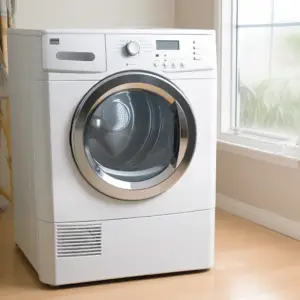
A dryer uses heat to speed up the drying process. However, a dryer can overheat and sometimes prematurely turns off the heat if the thermostat is broken. Before hiring a technician to fix your issue, perform a few tests to know whether the home’s and dryer’s thermostat are working.
Follow the provided manual while checking the efficacy of the thermostat. If there is no continuity, replace the thermostat with a new option that is working properly.
Faulty Ignition System
The gas dryer cannot function without the igniter. No heat will be produced by the Kenmore dryer if the ignition breaks down, and you’ll have to hang wet clothes rather than properly dry them.
Fortunately, checking for continuity with a traditional multimeter can help determine if the ignition component has to be replaced or if a fresh spark plug would help.
Faulty Flame Sensor
A flame sensor on the Kenmore dryer senses the heat coming from the flame. The dryer won’t operate if the sensor fails. Don’t assume the sensor is not working if your Kenmore dryer is not heating.
First, examine if the thermal fuse and ignition are compromised. Once you’ve checked out those possibilities, use a multimeter to test the flame sensor for continuity at room temperature. Replace it if there is no continuity.
